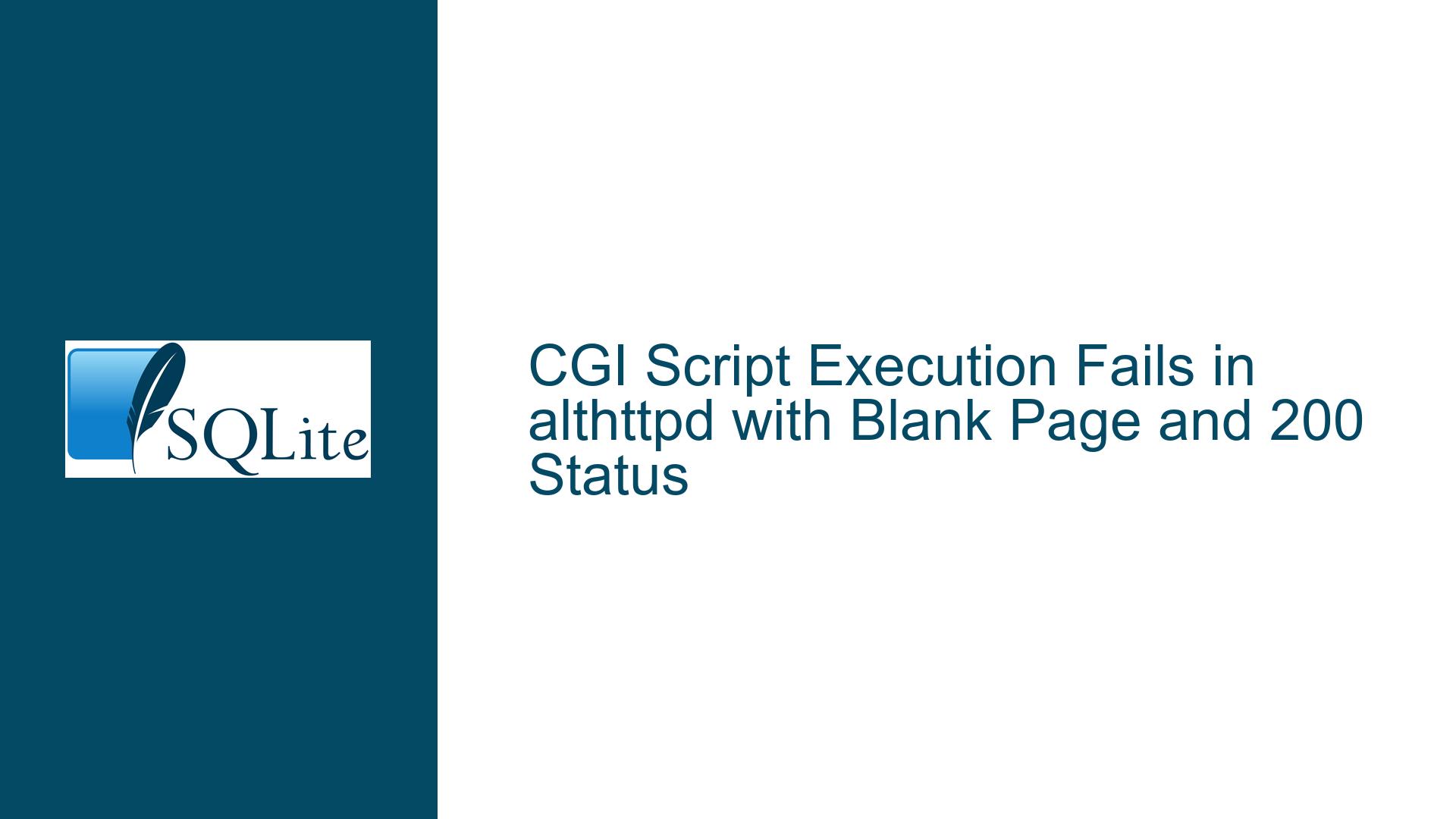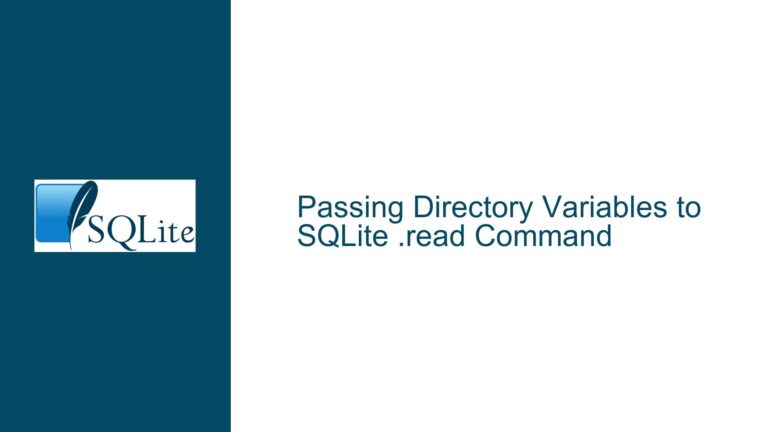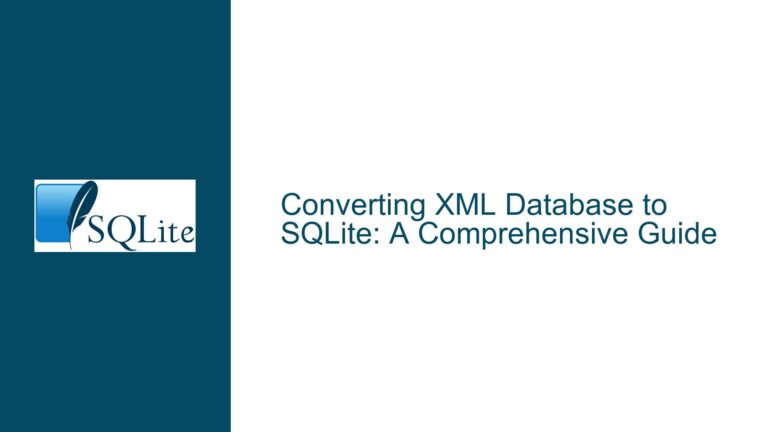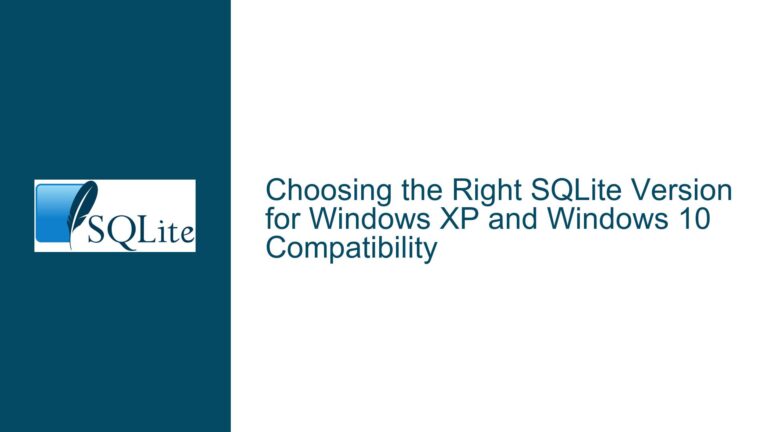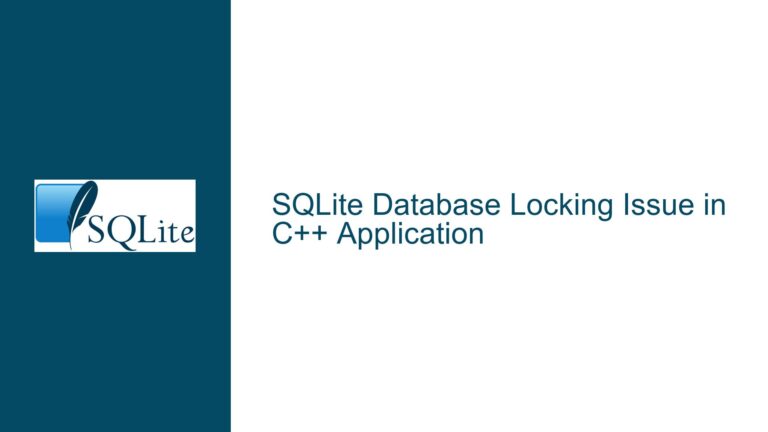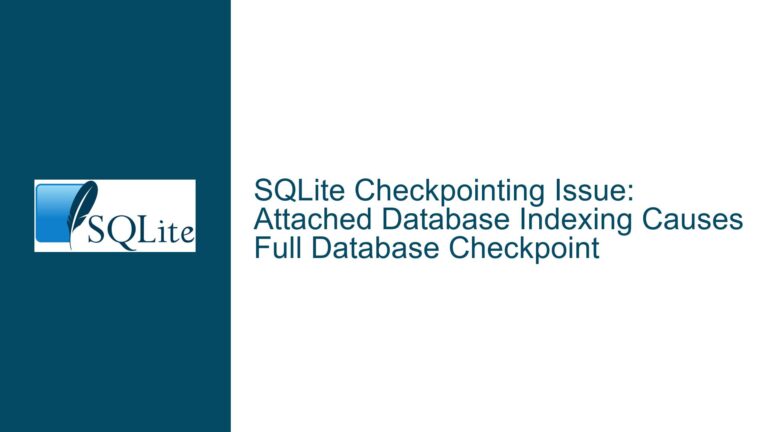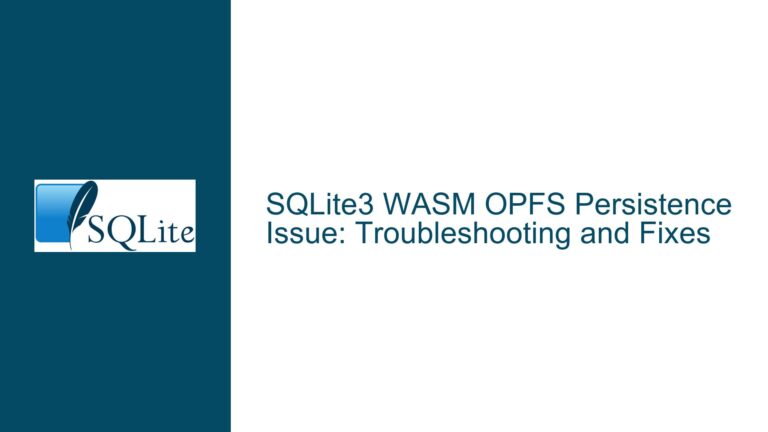CGI Script Execution Fails in althttpd with Blank Page and 200 Status
Misconfigured althttpd Environment Preventing CGI Execution
Root Cause Analysis of CGI Failure in althttpd Chroot Jail
The primary issue revolves around a CGI script returning a blank page despite a 200 OK HTTP status code. This occurs when althttpd is configured to run as the root user, which activates its chroot jail security feature. The jail restricts file system access to the directory specified by the -root flag (e.g., /home/weigand/www). However, critical dependencies required to execute the CGI script—such as the shell interpreter (e.g., /bin/bash) and shared libraries—are absent from the jail. Additionally, improper HTTP header formatting in the CGI script or misconfigured permissions in the server environment can exacerbate the problem. The interaction between althttpd’s user context, the chroot jail, and the CGI script’s execution environment creates a complex failure mode where the server returns a valid status code but no visible content.
Critical Factors Leading to CGI Execution Failure
1. Chroot Jail Isolation Breaking Shell Interpreter Paths
When althttpd runs as root, it automatically enforces a chroot jail confined to the directory specified by -root. Any executable called by a CGI script must reside within this directory hierarchy. For example, a script starting with #!/bin/bash will fail because /bin/bash does not exist inside the jail. The jail must contain all runtime dependencies of the CGI script, including:
- The shell interpreter (e.g.,
/bin/bash,/bin/sh). - Shared libraries (e.g.,
libc.so,ld-linux-x86-64.so.2). - Device nodes like
/dev/nullor/dev/random(required by some programs).
Most systems do not replicate these files in the web root, leading to silent failures. The absence of these files prevents the CGI script from executing, but althttpd logs no explicit error, making diagnosis difficult.
2. Incorrect User Context in althttpd Configuration
Specifying user = root in the xinetd or systemd configuration forces althttpd to drop privileges to a non-root user (e.g., weigand) after entering the chroot jail. If the jail lacks the necessary binaries, privilege dropping fails silently. This creates a paradox: running as root is intended to enhance security but inadvertently breaks CGI execution unless the jail is fully provisioned.
3. Improper HTTP Header Formatting in CGI Scripts
CGI scripts must output valid HTTP headers followed by a blank line before the response body. Omitting the blank line (e.g., using printf "Content-type: text/html\r\n" instead of printf "Content-type: text/html\r\n\r\n") causes the server to interpret the entire output as headers, resulting in an empty body. While this issue was addressed in the example, it remains a common pitfall.
4. Permission Mismatches in Web Root Directories
Directories and files in the web root must have execute permissions for the user althttpd runs as. For instance, the CGI script hello requires -rwxr-xr-x permissions, and its parent directory www_hoskin_ga.website must allow traversal (drwxr-xr-x). Misconfigured permissions prevent the server from executing the script or accessing its dependencies.
5. Dynamic Linking Dependencies Unavailable in Jail
Even if the shell interpreter is copied into the jail (e.g., /home/weigand/www/bin/bash), dynamically linked executables require shared libraries stored in paths like /lib64 or /usr/lib. These libraries are absent in the jail unless explicitly copied. Statically linked binaries (e.g., Fossil or wapptclsh) avoid this issue by embedding dependencies.
Comprehensive Troubleshooting and Resolution Workflow
Step 1: Validate HTTP Header Formatting in CGI Scripts
Ensure the CGI script outputs headers correctly. Use the following template for bash scripts:
#!/bin/bash
printf "Content-type: text/html\r\n\r\n" # Two CRLFs after headers
printf "<html><body>Hello, World!</body></html>\r\n"
Test the script locally:
chmod +x hello
./hello
The output should include headers followed by the response body. If the body is missing, revise the script to include the blank line.
Step 2: Verify althttpd User Context and Jail Configuration
Modify the xinetd configuration to run althttpd as a non-root user, bypassing the chroot jail:
service http {
user = weigand # Drop privileges before entering jail
server_args = -root /home/weigand/www -user weigand
}
Restart xinetd and test the CGI script. If it works, the jail was the root cause. To retain the jail, proceed to Step 3.
Step 3: Provision the Chroot Jail with Required Binaries
If running as root is mandatory, replicate the shell interpreter and dependencies inside the jail:
mkdir -p /home/weigand/www/bin /home/weigand/www/lib64
cp /bin/bash /home/weigand/www/bin/
cp /lib64/ld-linux-x86-64.so.2 /home/weigand/www/lib64/
# Copy additional libraries identified via ldd /bin/bash
Use ldd /bin/bash to list dependencies and copy them to corresponding paths in the jail. Validate with:
chroot /home/weigand/www /bin/bash -c "echo 'Hello from chroot!'"
If this command fails, missing dependencies are present.
Step 4: Use Statically Linked Binaries for CGI Execution
Replace shell scripts with statically linked executables. For example, compile a C program:
#include <stdio.h>
int main() {
printf("Content-type: text/html\r\n\r\n");
printf("<html><body>Hello, World!</body></html>\n");
return 0;
}
Compile with static linking:
gcc -static -o hello.cgi hello.c
Deploy hello.cgi to the web root and ensure it has execute permissions. Static binaries eliminate dependency on external libraries.
Step 5: Audit Directory and File Permissions
Ensure the web root and its contents are accessible to the althttpd user:
chmod 755 /home/weigand/www
chmod 755 /home/weigand/www/www_hoskin_ga.website
chmod 755 /home/weigand/www/www_hoskin_ga.website/hello
Avoid overly restrictive permissions (e.g., 750 or 700), which can block access.
Step 6: Enable Debug Logging in althttpd
Start althttpd in foreground mode with verbose logging:
althttpd -root /home/weigand/www -user weigand -logfile /dev/stderr
Access the CGI script via curl or a browser and inspect the logs for errors like execve() failed or Permission denied.
Step 7: Test with Jail Disabled (Temporary Measure)
Disable the chroot jail temporarily to isolate the issue:
althttpd -root /home/weigand/www -user weigand --jail 0
If the CGI script works, the jail configuration is incomplete. Use this only for diagnostics, as it disables security features.
Step 8: Validate Content-Type Headers and Response Formatting
Ensure the response body matches the declared Content-Type. For text/html, wrap output in HTML tags:
printf "<html><body>Hello, World!</body></html>\r\n"
For plain text, use text/plain:
printf "Content-type: text/plain\r\n\r\n"
printf "Hello, World!\r\n"
Step 9: Verify Network Configuration and Port Bindings
Confirm althttpd is binding to the correct IP and port. For IPv4/IPv6 dual-stack setups, use separate xinetd entries:
service http {
bind = 45.56.75.81 # IPv4
port = 80
}
service http {
bind = 2600:3c00::f03c:92ff:febb:f36f # IPv6
port = 80
}
Test connectivity using curl -4 and curl -6.
Step 10: Implement Defense-in-Depth Practices
- Use
user = weigandin xinetd to avoid chroot complexities. - Restrict the jail to essential files.
- Regularly audit permissions and dependencies.
- Prefer static binaries for CGI to minimize attack surface.
By systematically addressing chroot jail configuration, user context, script formatting, and permissions, CGI execution in althttpd can be reliably restored.
